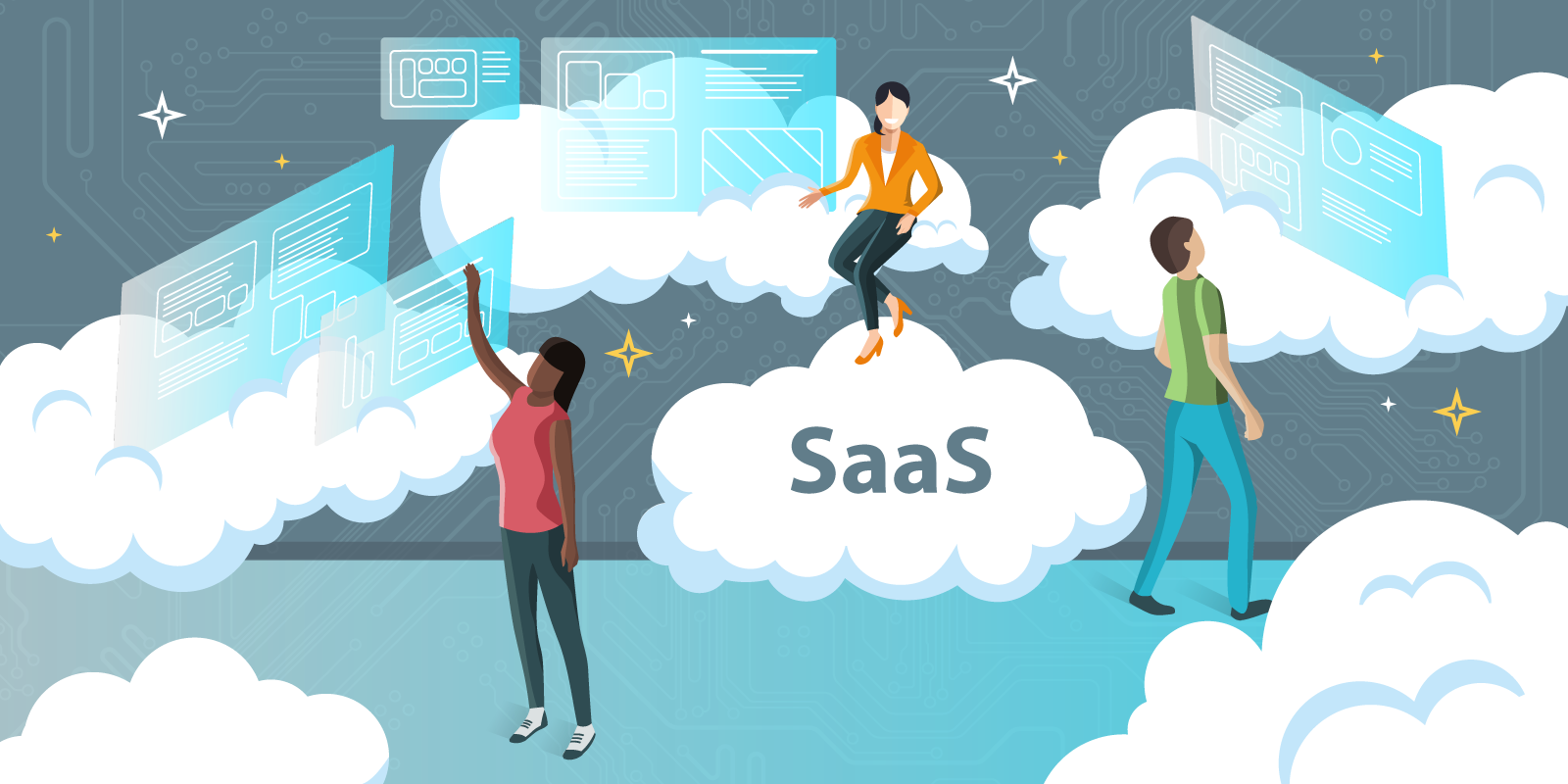
As technology evolves, so do business models. In 2016, 64 percent of SMBs were using cloud-based apps, and the cloud adoption rate is expected to increase to 88 percent in the next two to three years, according to BCSG, a provider of online solutions to banks and telcos.
Business owners seek solutions that would allow them to stay competitive and offer better services. The Software as a Service (SaaS) licensing and delivery model will enable them to do just that. Insights from IDG's Enterprise Cloud Computing Survey confirm that cloud-hosted software solutions have become the new standard for enterprise apps, with apps and platforms residing in on-premise systems forming a definite minority.
Let's explore five reasons why SaaS makes sense for SMBs to understand this progressive software model's high adoption rates.
Fast and Painless Adoption
When software development firm, Geneca, asked approximately 600 businesses and IT executives questions concerning their software development projects, 75 percent of respondents admitted that their projects are usually not set up for success. According to the study, "78 percent feel the business is usually or always out of sync with project requirements and business stakeholders need to be more involved and engaged in the requirements process."
SaaS makes selecting and deploying a business application painless because it solves the questions of integration, which need to be acknowledged to avoid the disruption of critical processes and the subsequent downtime. The often endless back and forth between stakeholders and developers can be avoided entirely because it's the selected SaaS vendor's responsibility to meet the business's gathered requirements.
Low Costs
Moore's law tells us that the number of transistors in an integrated circuit doubles approximately every two years. In other words, computers improve at an exponential rate. The flip side of this is that existing hardware becomes obsolete very quickly.
For most small and midsize businesses, the upfront cost of hardware acquisition and maintenance of on-premise systems is much higher than the cost of a cloud-based setup. The SaaS licensing model also provides a predictable cost structure for businesses with tight IT budgets.
Hassle-Free Maintenance
The obvious advantage of running applications on someone else’s hardware is the absence of hardware maintenance and repairs. A business can perform best when it maintains a sharp focus. SaaS providers have access to a much larger workforce than most companies, meaning they can solve problems much quicker and guarantee excellent uptimes. Virtually all respectable SaaS providers include data backup and restoration as part of their services, protecting you against common user errors and natural disasters.
Access to the Latest Features
"The traditional model for business applications required an upgrade and potentially a new investment in the underlying technology and other IT resources to take advantage of new features. In slow economic times, many businesses are forced to pass on upgrades that would add functionality, speed, and new business insights," explains Oracle.
SaaS applications seamlessly receive new updates with negligible disruption to the operation of a business; this leads to improved security, higher productivity, and greater employee satisfaction. When equipped with cutting-edge tools, companies can take on new challenges and complete all objectives.
Infinite Scalability
SaaS applications usually reside in infinitely scalable cloud environments. As businesses grow, their applications can grow with them and not hold them back. Companies must plan and invest in an infrastructure that they may not need for several years or incrementally upgrade their hardware as they grow larger and become more profitable with on-premise software.
Conclusion
Cloud-based business applications have several advantages over on-premise software deployments, including faster adoption, low costs, more straightforward maintenance, instant access to the latest features, infinite scalability, and others. Over the next few years, the cloud-based applications' rate is expected to increase significantly as more businesses discover their advantages.
